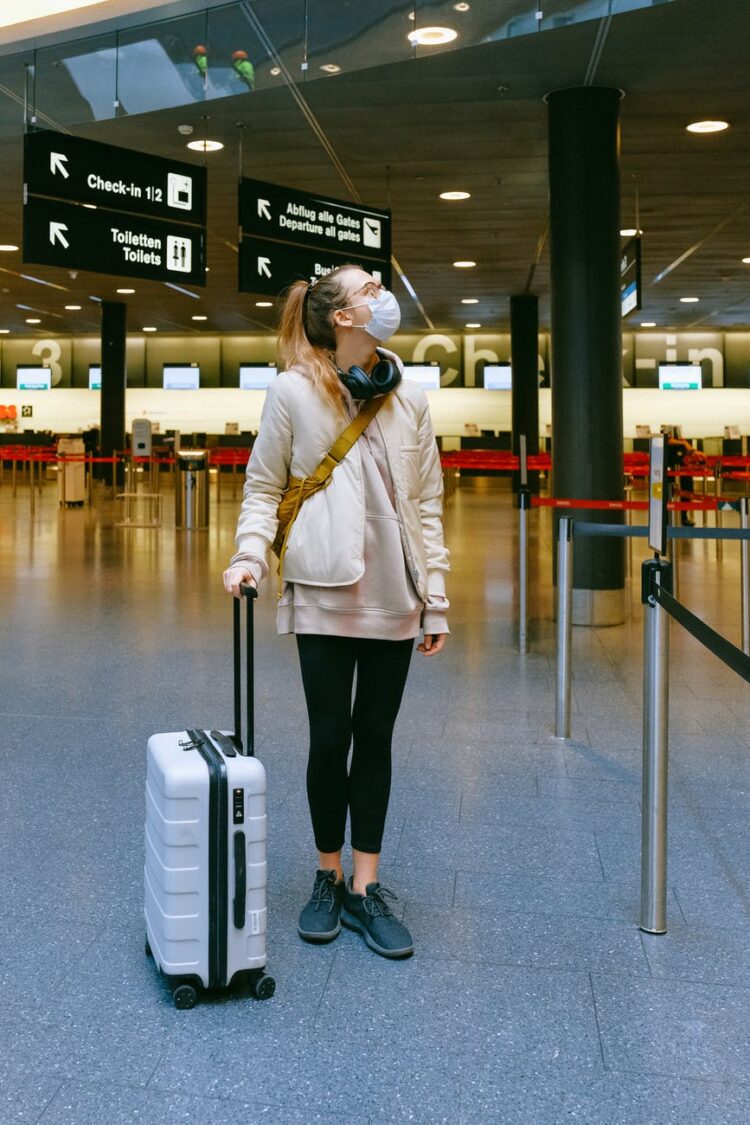How COVID-19 Has Changed Travel in Canada
COVID-19 continues to change the way people live and travel around the world. As of October, nearly 200,000 Canadians have tested positive for Coronavirus, with close to 10,000 deaths throughout the country. Though Canada is better off than many other parts of the world, COVID-19 remains a threat to people travelling to and from Canada, as well as those travelling within the country. In fact, COVID-19 has completely changed the way most Canadians travel. Let’s take a look at some of the most drastic changes that have occurred thus far:
Fewer Canadians Are Flying
As expected, fewer Canadians are choosing to fly. Though the Canadian government put out a travel advisory, it did not ban its citizens from travelling to and from the country. Nonetheless, most Canadians are avoiding travel when possible, especially travel by plane. This has had a huge impact on the travel industry, causing Canada’s major airlines to implement significant changes. With fewer people flying, many smaller airlines and even hospitality businesses have had to shut their doors for good.
Fewer Foreigners Are Entering Canada
To help curb the rise in Coronavirus cases, the Canadian government has implemented multiple travel restrictions on people entering the country. Most notably, Canada has virtually closed the border with the United States. Americans who wish to enter Canada must either be a direct family member of a Canadian citizen or be travelling for an “essential purpose.” Therefore, almost all leisure travel between the United States and Canada has screeched to a halt. This ban will likely stay in place for some time.
The Cost of Travel Has Decreased
To entice more Canadians to travel during the pandemic, many hospitality and travel-related businesses have greatly reduced their prices. Since COVID-19 shows no signs of slowing down, it remains to be seen how long these savings will last. In some cases, the reduced prices have encouraged citizens to travel. However, for most Canadians, the threat of exposure is not worth the risk.
All Inward Bound Travellers Must Quarantine
Perhaps the greatest challenge to travel in Canada is the implementation of mandatory quarantine. Whether or not you are a Canadian citizen, you must quarantine in isolation for a period of at least 14 days when entering the country from abroad. This measure is strictly enforced, as the Canadian government wants to eliminate further infections from international travellers.
Most Cruise Lines Are Banned in Canada
Cruise lines have proven to be one of the most dangerous forms of travel since the outbreak of Coronavirus. Several major cruise lines have experienced rampant outbreaks, leading some companies to close and others to ask governments for financial assistance. However, the Canadian government has set a strict policy regarding leisure travel on cruise lines. At the current time, any cruise line with 500 passengers or more has been banned.
Canadians Are Getting Cabin Fever
While countries like New Zealand have virtually eliminated COVID-19, Canada is not out of the dark yet. As a result, Canadians are still encouraged to practice social distancing and reduce non-essential travel. This has led to a collective case of “cabin fever”. While most citizens will continue to follow government guidelines for the sake of public safety, many Canadians are desperate to travel again. Some travel businesses could see a return in customers as more Canadians decide to break with public safety measures.
Like many countries, Canada has been deeply affected by the novel Coronavirus. In addition to the human toll, thousands of Canadians have faced reduced wages or unemployment. As a result, Canadians will likely see even more changes to their travel habits and restrictions in the coming months.





